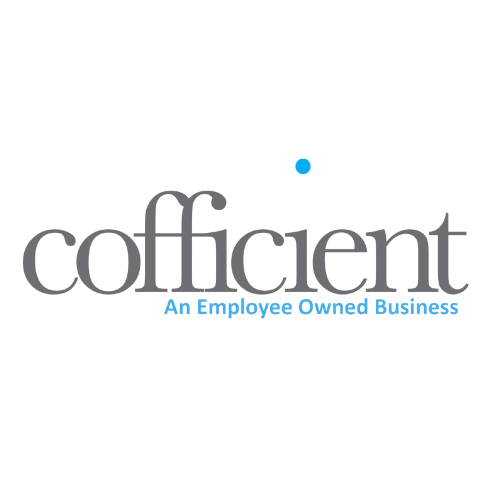
Now Is The Time To Invest In PSA
Companies that provide professional services work in a fast-paced atmosphere, and constantly experience changes and modifications. This constant shift results from the emergence of novel business models, the transformation of customer expectation, and the acceleration of technological advancements. Keeping up with these developments can be challenging, particularly for companies that still rely on labour-intensive work processes and outdated technology to provide custom products and services.
According to Harvard Business Review (2021), companies that embrace digital transformation see an annual increase in operating income of £100 million. One innovation that might improve the efficiency of service delivery lifecycle management in professional services organisations is PSA solutions.
So, how can you know when it’s appropriate to use automation? Here are indicators that it’s time to upgrade to a PSA system.
- Your service delivery team uses more than 3 different software tools
It’s likely that your company still uses multiple, unconnected systems for tasks such as management of tasks, strategically organising projects, resource management, time management or procedure for handling tickets. Then it would be best if you started using professional service automation (PSA) solutions.Many professional service companies still need to clearly understand the many advantages of utilising PSA software. Using an excessive number of different tools is associated with several drawbacks, such as increased complexity, challenging workflows and siloed data.As a business expands, using several tools for service delivery becomes time-consuming, expensive, and prone to error. Disconnected workflows can also result from a lack of standardisation and consolidation, such as the one between the sales and delivery teams. Potentially costly delays and lost opportunities may arise from this. Moreover, it becomes challenging to maintain track of data when employing 3 or more delivery tools. This is because the information is spread across several tools, making it complex and time-consuming to find specific pieces of data. The likelihood of mistakes and errors, especially when preparing reports, is further amplified by the fact that data needs to be consistently formatted across teams or departments and that there are additional manual touchpoints. - Asking for a report on utilisation rates, time, and costs fills you with dread
It doesn’t make the wait easier if it takes you time and many emails to receive the information you need. Will you be able to use it as intended, and will it include sufficient details? It’s not very likely. The reliance on spreadsheets or historical ERP and project management modules, makes it challenging to make sense of the data and even more challenging to estimate or optimise usage on an ongoing basis effectively.Moreover, there is a lack of context in the complete picture that is being presented. Using your existing systems gives you a general idea of how a project is progressing. But what about all of the data points that help you evaluate the overall health of a specific project or portfolio from the point of view of its earned value, usage, or budget? You need access to those to make an accurate assessment. Long-term success for every business demands a tried-and-true tool for planning and optimisation. That can only be done if teams can see the big picture in the service delivery lifecycle and make necessary course corrections to keep things running smoothly and efficiently. - You are unsure of your financial success due to a lack of project financial data
Is it enough to call a project a success if it meets its deadline and the client approves the final product? For many service providers, this is a significant obstacle. However, what if it did lose money?Usually, this is because there needs to be more financial information at the project level, and even more often, there needs to be more financial information in real-time to let modifications be made quickly. It is not desirable by any length of the imagination to wait until the end of the project to total up the costs and expenses to determine whether money was earned or lost.Lack of standardisation concerning tracking time and expenses is another element contributing to the confusion and lack of accuracy surrounding project profitability. This problem arises when it’s challenging to establish tracking and recording because the existing systems are difficult to use of lack uniform adoption throughout the various business divisions within the firm. One team may use “system A” to record their hours worked or expenses incurred, while another would use “system B” to keep tabs on their own data. This aspect is another factor that contributes to the confusion and need for more accuracy encompassing project profitability.
If you can relate to one or more of these signs, this could be an ideal time to invest in a PSA tool. NetSuite PSA solution helps organisations to overcome the problems mentioned. And what could be better than investing in NetSuite Professional Services Automation Software? More than 1,500 professional services companies worldwide already us at least on of NetSuite’s Professional Services solutions.
To learn more about NetSuite Professional Services Automation, contact us today!



